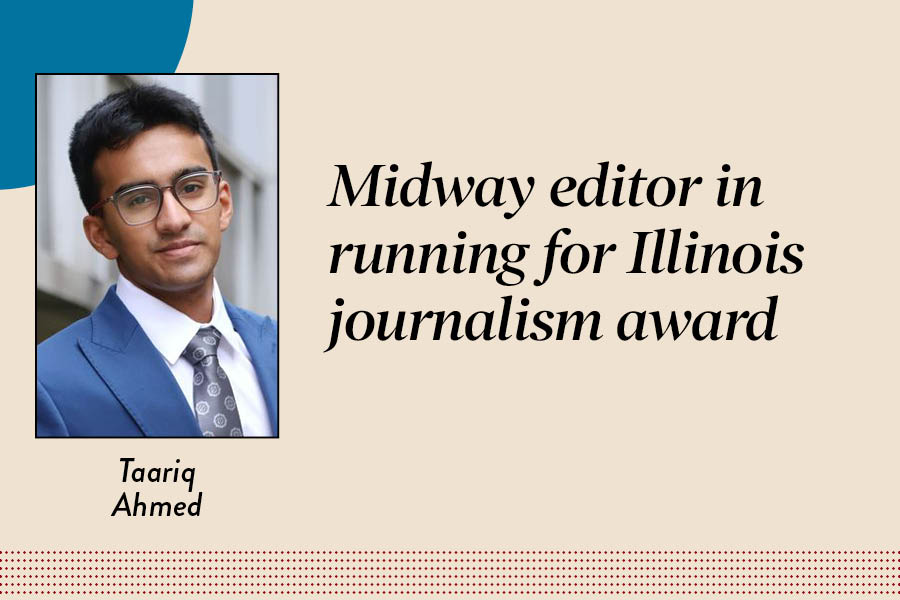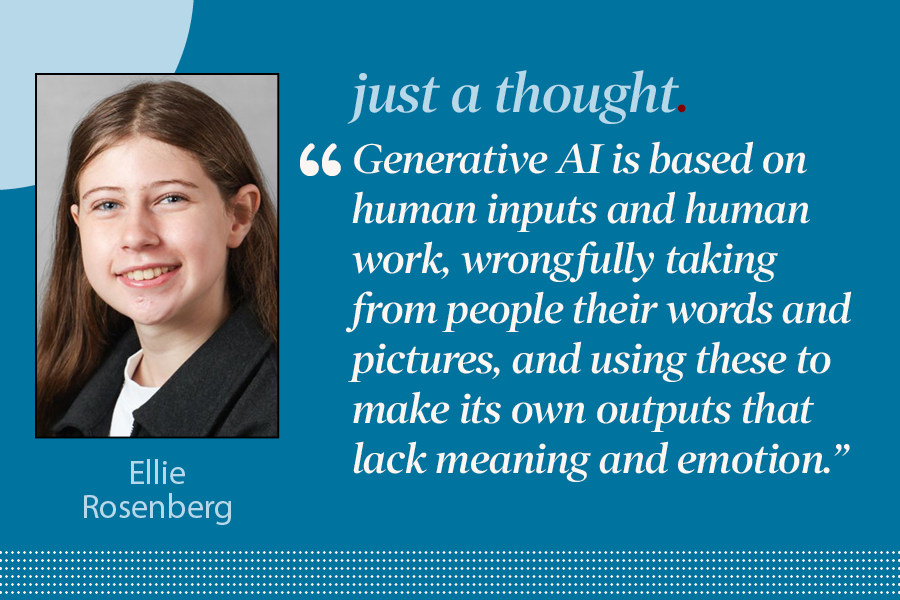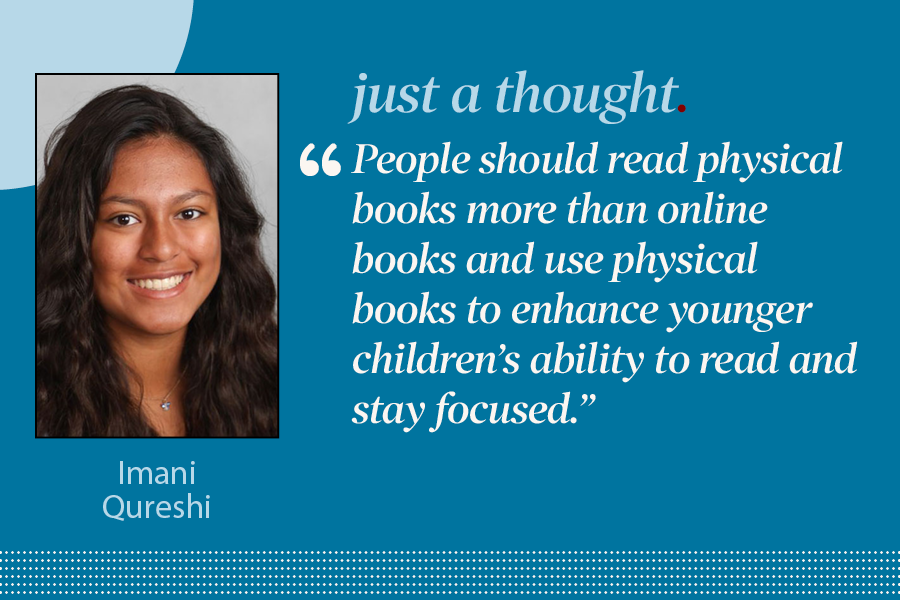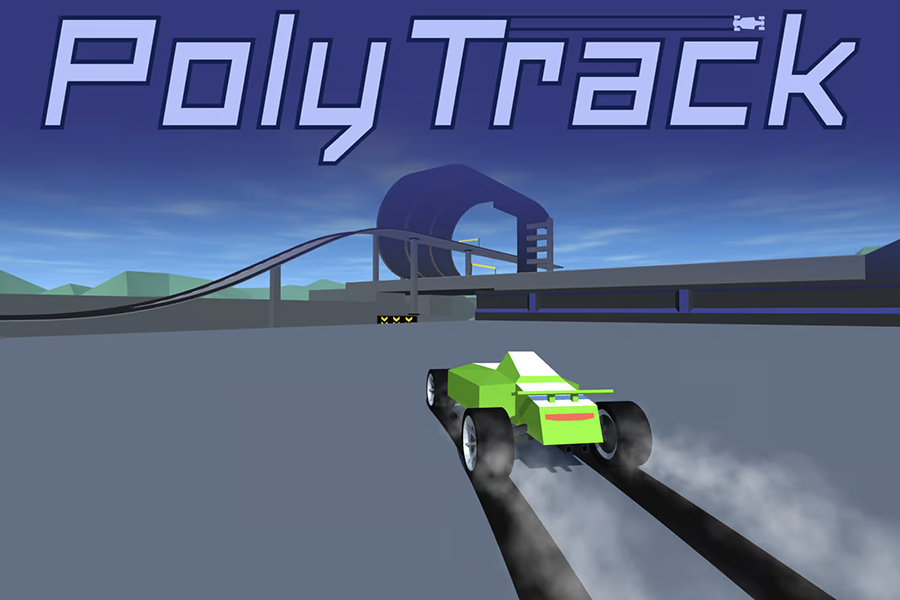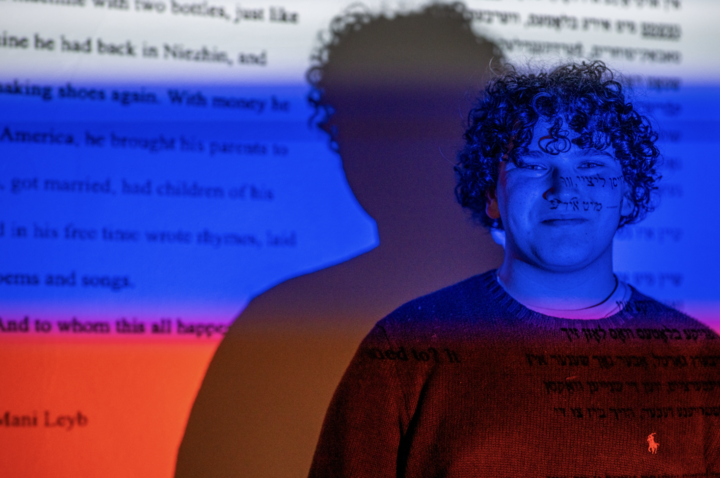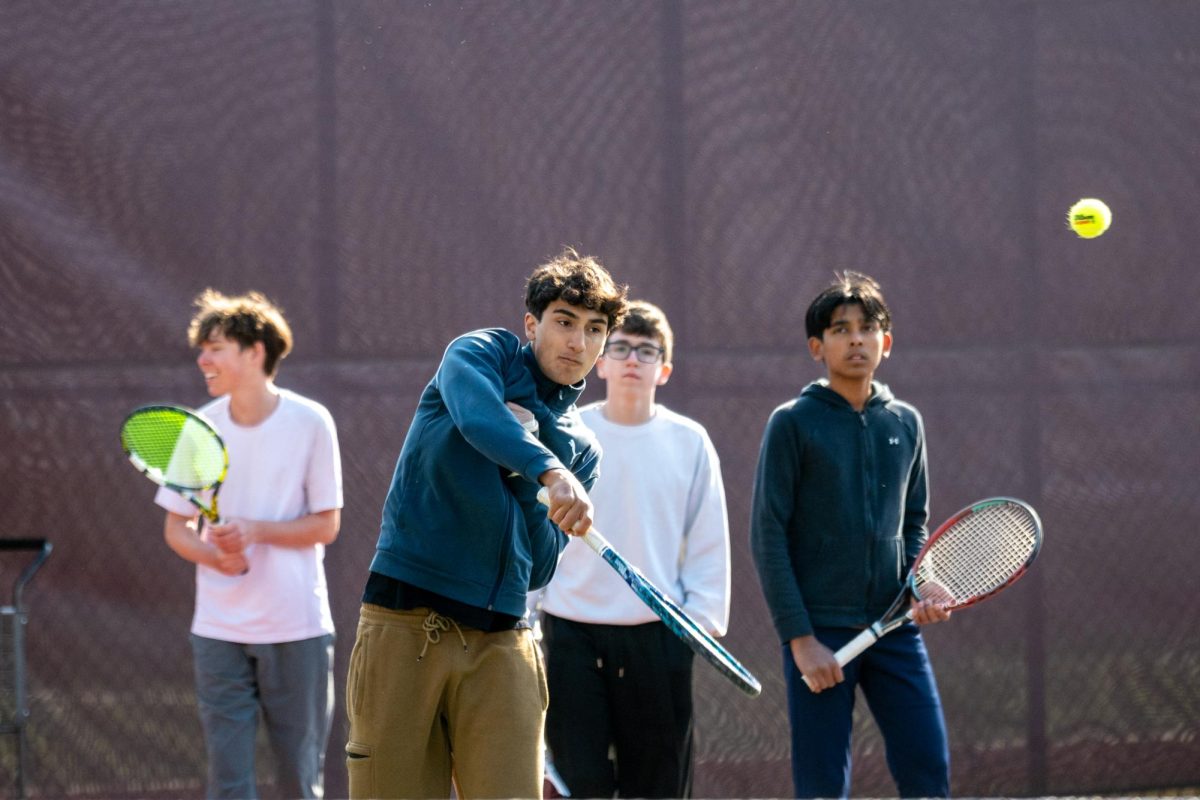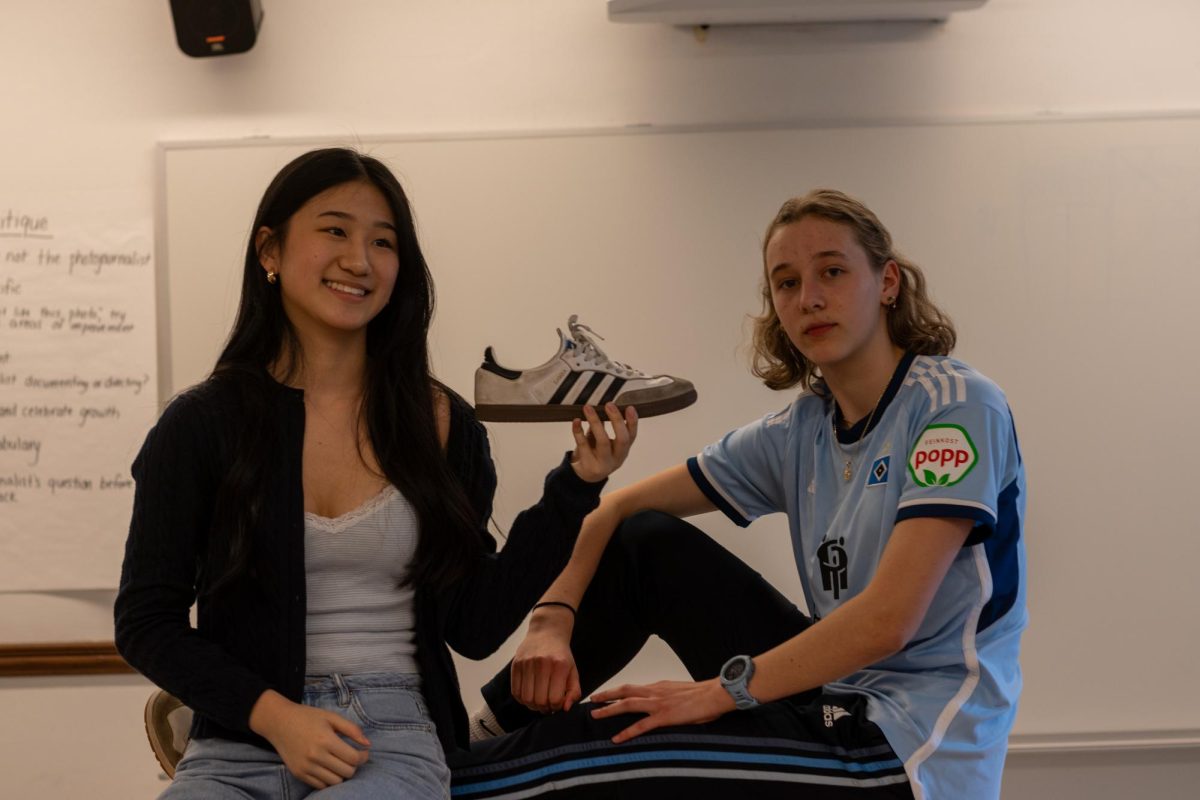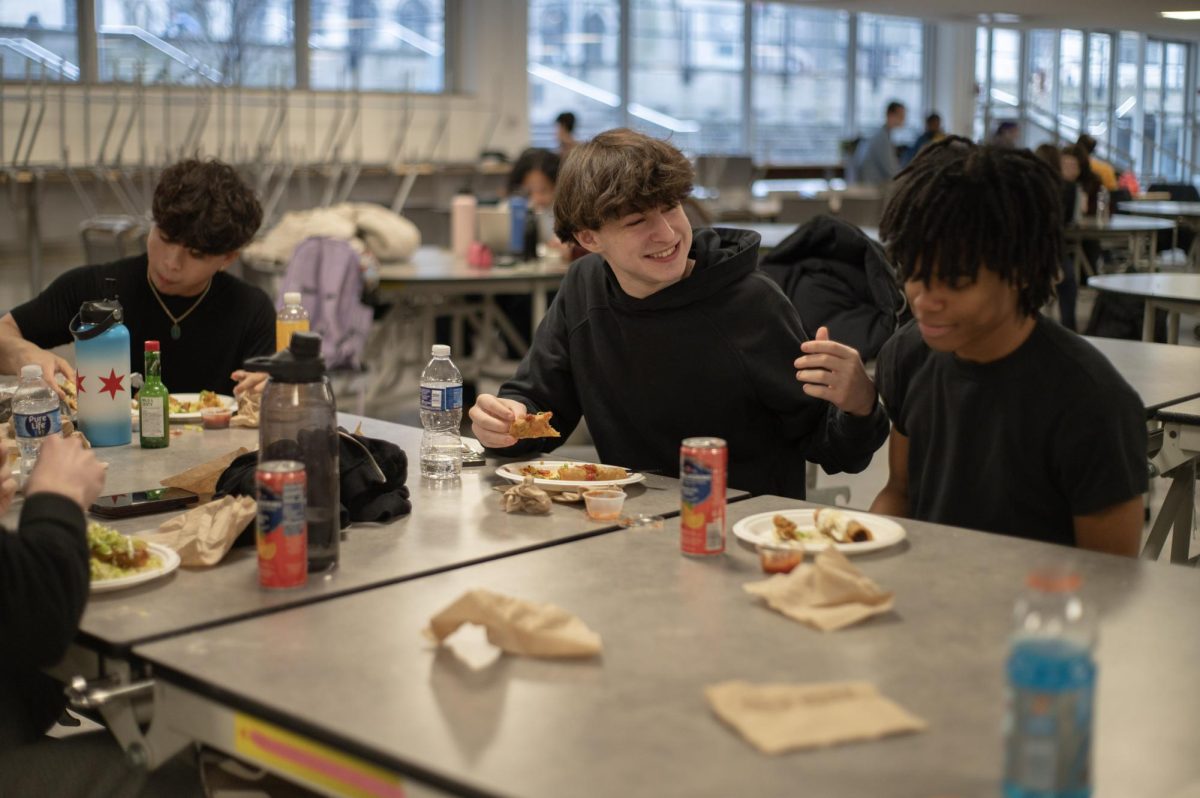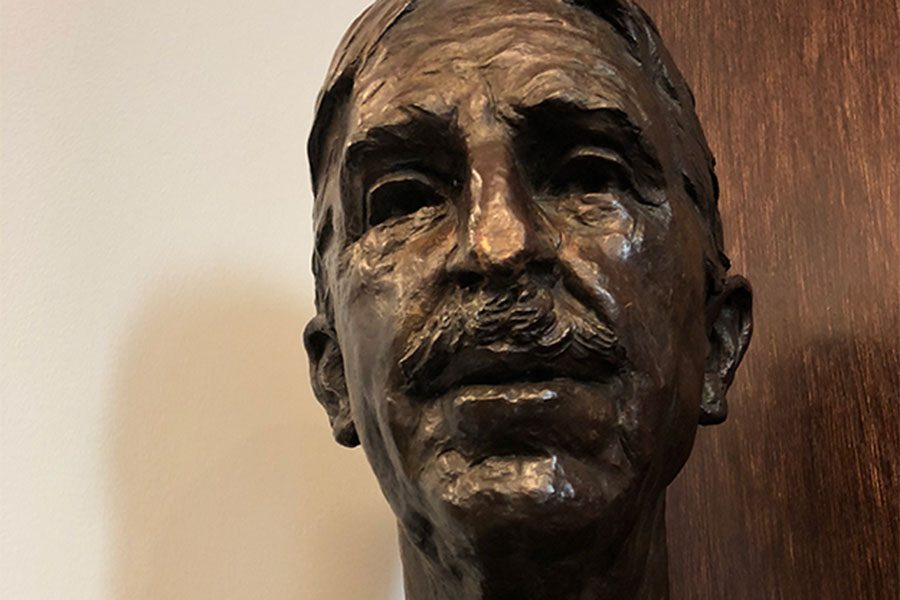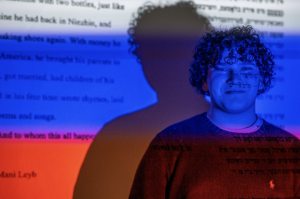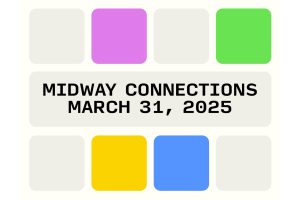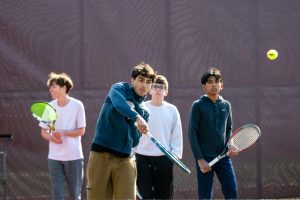Director challenges community to find location for Dewey statue
LAB ROOTS. The bust has been in the English office, but proposals for a new home are due Oct. 20, Dewey’s birthday.
October 12, 2017
Through collaboration, creativity and competition, students have the opportunity to help decide where the bust of John Dewey will be positioned in the school.
The Laboratory Schools’ values were formed by founder John Dewey, a world-famous educational leader.
Teams must be composed of faculty members from two different schools (ESH, lower school, middle school, high school), a student and at least one member of the University of Chicago community.
Director Charlie Abelmann chose this composition to promote collaboration across the schools.
“I want people in each school to be working together, I want to value student voice … and I want the school to have a really strong connection to the University,” he said.
In an explanation no longer than 300 words, each team will propose an area in the school for the sculpture to be placed.
All proposals must be sent to Dr. Abelmann and Student Council President Elizabeth Van Ha by John Dewey’s birthday, Oct. 20.
As the founder of the Laboratory Schools, the bust of John Dewey should be seen by the school, Dr. Abelmann said.
“It is a symbolic way of saying we should lean into our history more to define our future,” he said.
The bust of Dewey has been housed in the English Department near the desk of teacher Catie Bell, who loves and is an expert on Dewey.
Dr. Abelmann said she has been the protector and keeper of the sculpture.
Dr. Bell is excited to work with a director who is interested in John Dewey, and loves his approach of focusing on the history of the school.
“It’s a great image for the school with the deep and rich tradition that we have,” she said. “We have roots that are very deep that we can learn to tap in new ways.”
Dr. Abelmann and Dr. Bell share a great appreciation for Dewey and recognize the strong values with which he created the school.
“I’m not sure how many schools today are genuinely a laboratory for educational ideas with the aim of changing the way we think about society, the way we think about what’s right and what’s good, and how then to become the kind of people that can enact that kind of change,” Dr. Bell said.
To be reminded of the rich history and principles of the school, the sculpture will be given a new home where students will see it more regularly.
“It’s a really beautiful piece of art, and it’s a really important symbol of the school,” Dr. Abelmann said.
Student Council together with Dr. Abelmann and Dr. Bell will make a decision based on the proposals.

